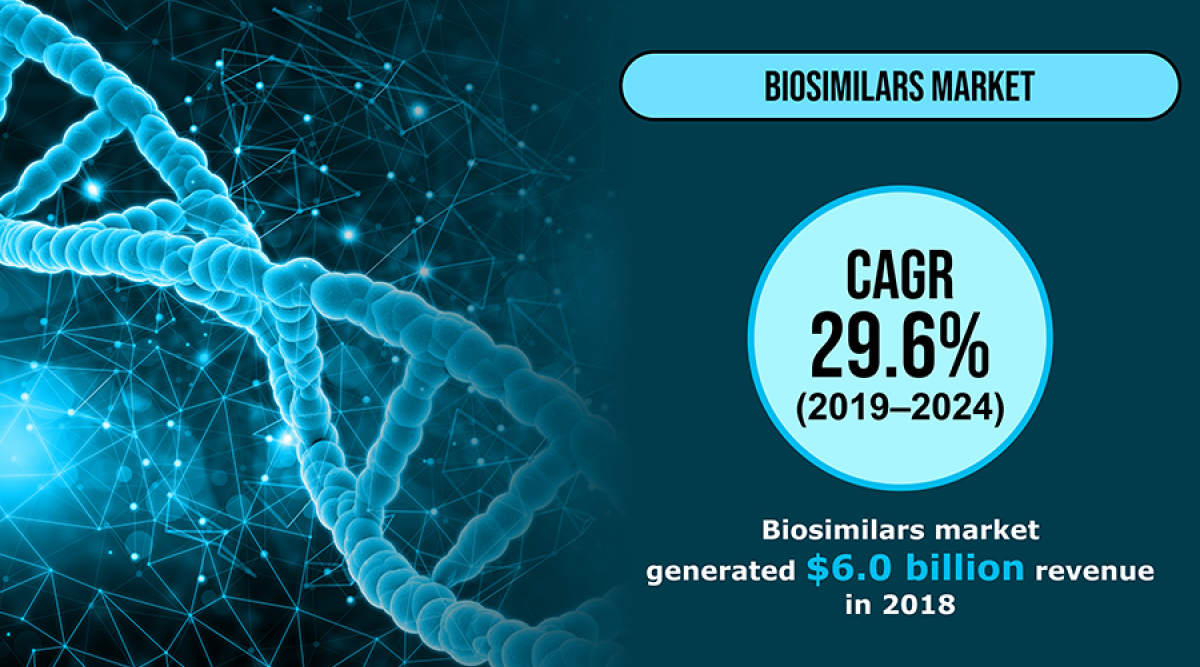According to the latest market research study published by P&S Intelligence, the global identity and access management (IAM) market is projected to witness substantial growth, reaching USD 66.31 billion by 2032, growing at a robust CAGR of 15.20% from USD 21.56 billion in 2024.
This growth is driven by the increasing need for organizations to secure sensitive information and ensure smooth, authorized access across digital platforms. The market is experiencing a significant shift due to the rising threat of cyberattacks and data breaches, pushing organizations to adopt IAM solutions to meet compliance requirements and safeguard against unauthorized access. Technological innovations such as zero-trust models, AI integration, and self-sovereign identities are transforming the IAM landscape, making these solutions more efficient and cost-effective. Additionally, the growing adoption of enterprise mobility and the shift toward cloud-based environments are fueling the demand for IAM solutions across industries.
Key Insights
The IAM market is categorized into solutions and services, with the solution segment leading the market due to its ability to secure organizations’ digital infrastructure and platforms. The service segment, however, is growing at a faster pace, driven by increased demand for specialized IT services, including integration, consulting, and maintenance.
The demand for IAM solutions is being particularly driven by heightened digital security concerns, including identity theft and data breaches, which are increasing the need for comprehensive identity management systems. The global cybersecurity spend is projected to grow from USD 206.8 billion in 2024 to USD 352.5 billion by 2032.
In terms of deployment models, on-premises IAM solutions dominate the market, holding a 55% revenue share. However, cloud-based IAM solutions are seeing rapid growth due to their scalability and cost efficiency, with hybrid deployments becoming increasingly popular.
North America remains the largest market for IAM solutions, owing to high investments in cybersecurity, whereas the Asia-Pacific region is emerging as the fastest-growing market due to rapid digital transformation and increasing cybersecurity threats.
The market faces challenges, including the high cost of IAM system implementation and the complexities of integration with existing IT infrastructure. Additionally, concerns around data privacy and compliance with regulations such as GDPR and HIPAA are limiting the widespread adoption of IAM solutions, particularly among small to medium-sized enterprises.
The integration of AI and machine learning into IAM solutions is enhancing security measures, automating user provisioning, and improving threat detection. Furthermore, innovations in self-sovereign identity solutions are enabling individuals to control their data independently, providing stronger security and reducing reliance on physical documentation.
The rise of BYOD (Bring Your Own Device) policies is complicating IAM management, creating new challenges in maintaining consistent security protocols across diverse devices and platforms, and expanding potential attack surfaces.
Key players in the IAM market are focusing on expanding their product portfolios, developing innovative solutions, and forming strategic partnerships to capture a larger market share. These efforts are further propelling the market’s growth and driving the adoption of IAM solutions across industries such as BFSI, healthcare, and public sector organizations.

